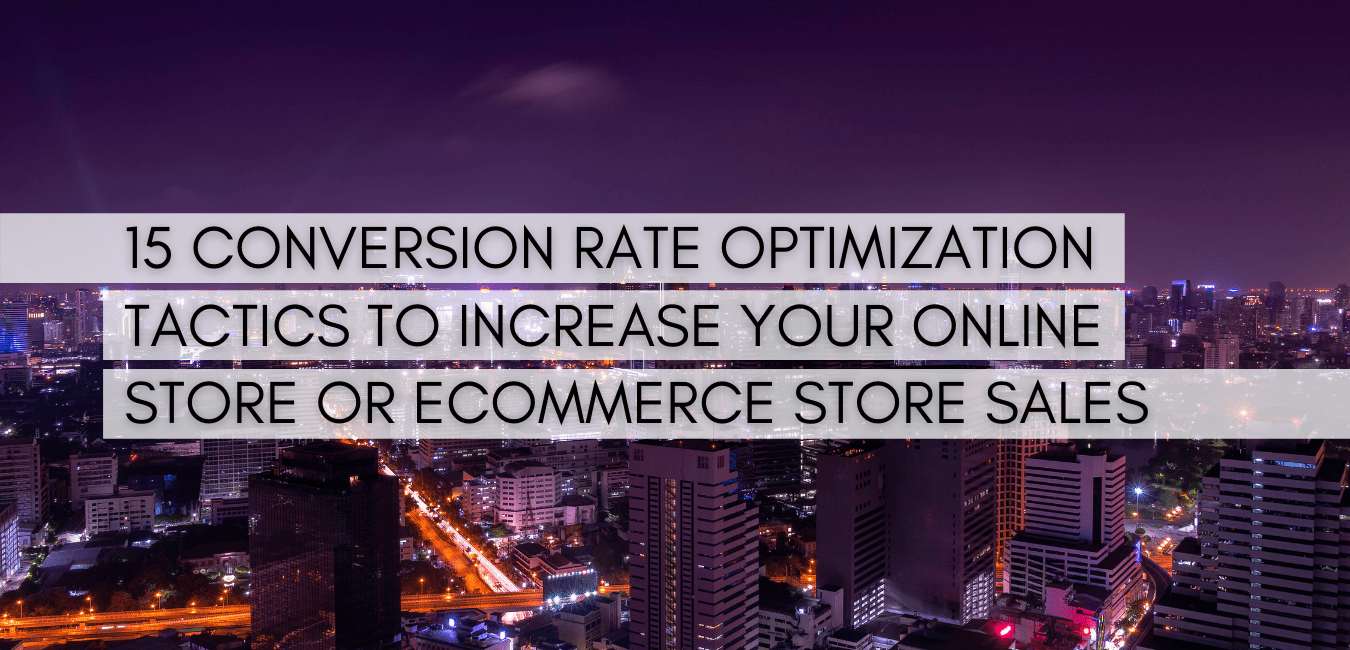If you want to improve your Online and Ecommerce Store’s conversion rates you’ve come to the right place. In this blog I’ll be sharing impactful tactics Amazon uses to optimize its own brand listings.
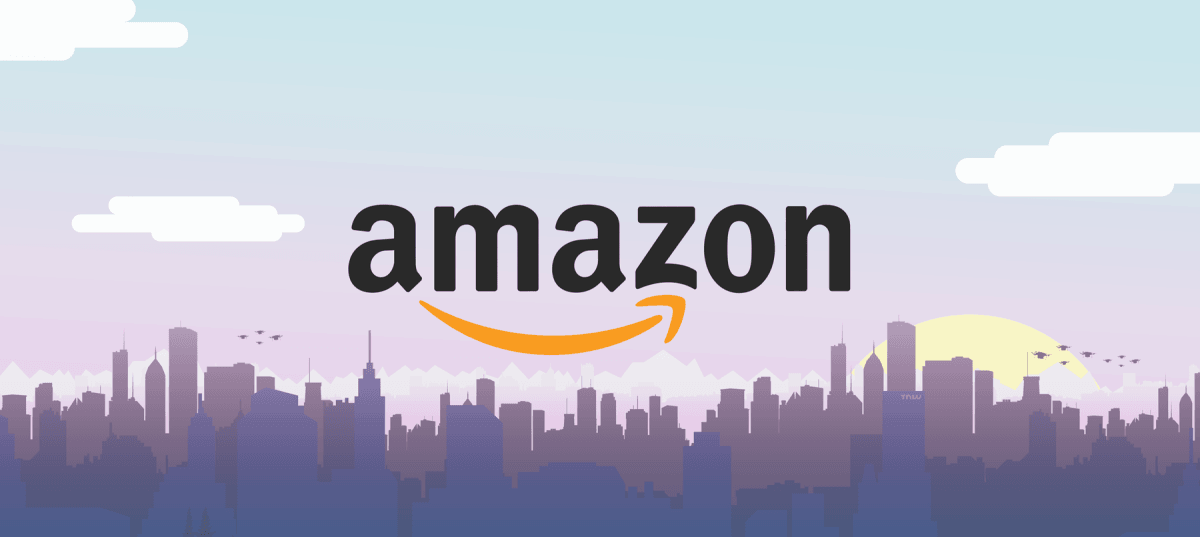
It’s rare to be able to learn about a platform or technology from the way that the owner uses it.


Facebook doesn’t tell us how they optimize their Facebook ads. Though Google has begun to provide some insight into how it optimizes its web presence for search engines, no right-minded SEO professional is going to wholly rely on their advice.
Thankfully Amazon is different.


Amazon sells a huge array of their own products on their marketplaces. This gives us an opportunity to learn about how they present those products and the tactics they deploy to optimize product listings.


Continue reading to see a review of Amazon’s own listing covering Amazon products (e.g., Echo), Amazon-owned companies (e.g., Blink), and Amazon private label brands (e.g., Ella Moon clothing).
We’ll look at the following areas:
Product Titles
- Images
- Product Variations
- Bullet Points
- Enhanced Brand Content and A+ Content
I’ll show how Amazon:
Adapts its presentation of content to suit the type of product and pricing.
- Knows when to communicate practical information and when to lean on emotional reasoning.
- Consistently address customer objections and highlights benefits.
- Utilizes additional sales features and optimization tactics to drive targeted, high-converting traffic.
Before we get through this it’s important to emphasize that simply copying what Amazon does is not a solid strategy.


Our aim should be to understand what they’re doing and why they’re doing it. Then apply those learnings to our situation.
What Is Amazon Conversion Rate Optimization & Why Is It so Fundamental to a Successful Amazon Strategy?
On Amazon, your conversion rate measures how many people who visit your product’s listing end up completing the action you want them to—in this case, making a purchase.


A low Amazon conversion rate can signal an issue with your product, your listing, your price, your customer reviews, or a variety of other factors.
Competitive Advantages of High Conversion Rates
- Organic Rankings
A high conversion rate results in higher search rankings for your product.
- Bid Auctions
A higher conversion rate means a lower customer acquisition cost. It also provides a competitive advantage in sponsored ad bid auctions.
- Merchandising Exposure
An often overlooked benefit of a higher conversion rate is the huge organic exposure this creates within Amazon’s additional merchandising features.
Product Title Optimization
Amazon provides very clear product title instructions. They even go to the extent of advising on the type of content that should be included.
1. Highlight Crucial Tech Specs
The title is also rich in keywords. By including device names, they are able to rank for ‘device + adaptor’ type keywords and ensure they’re attracting highly-motivated, high-converting visitors.

2. Persuade with Key Product Attributes
A great title should be scannable, allowing the customer to pick out key benefits.

3. Don’t Overcomplicate Titles
Sometimes simplicity is the best option.

Improving Product Images
The image gallery is an opportunity to allow customers to explore the product in more detail. It should be used to provide context, such as:
- Who it is for.
- How it is used.
- How it works.
- What it comes with.
- How it looks in situ.
4. Visualize Unique Features
One of the key selling points of the Amazon Echo (2nd Gen) is the multi-room feature.

Amazon has made a big play of how families can use one Echo to control other Echo devices.
The image reinforces this innovative feature.
5. Counter Reasons Not to Buy
Amazon uses the text to reassure customers of the product quality.
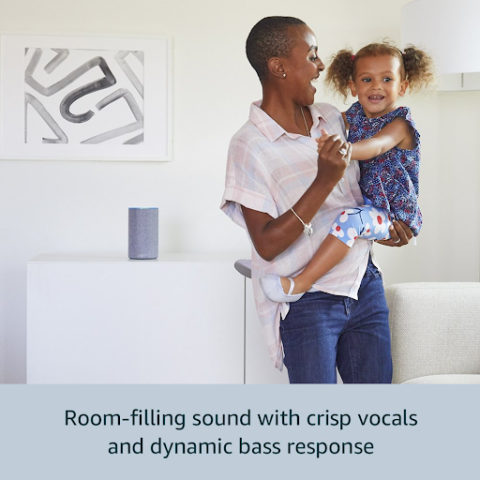
If your customer research shows that people are reticent to buy because of apprehension about specific features then use the images to address these concerns head-on.
6. Highlight Product ‘Why-Buys’
Consider what your core product benefit is and how that can be visualized. Place that in the first or second image slot to increase the customer’s exposure to this information.
Smart Use of Product Variations and Selling Features
A simple yet often overlooked tenet of conversion rate optimization is that if you don’t offer the product the consumer wants then your conversion rates will be low.
The same applies if you have the right product but the consumer doesn’t know you sell it.
7. Consolidate Variations to Reduce Customer Effort
This is why the correct use of Amazon’s product variation features is so important.
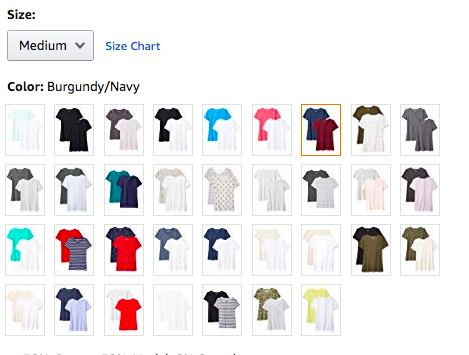
Here, not only is Amazon offering an incredible variety of colors, patterns, and sizes, but they’re also (not unsurprisingly) correctly using the parent-child relationship feature to full effect.
8. Use Additional Selling Features to Build Confidence
This is a relatively new feature rolling out across the Amazon ecosystem. Everyone knows that DIY can be a frustrating experience.
If you’re not into that type of thing or you’re unfamiliar with installing electronic devices, then the idea of installing a $229 doorbell may well deter you from purchasing a Ring product.

Amazon offers an installation service to address this concern. That’s another excuse not to buy ticked off by the Amazon team.
Product Listing Bullet Point Optimization
This is the most influential part of a listing page, as well as your best opportunity to sell the product and overcome any concerns that may stop a user from purchasing.
As Amazon advises, keep the copy concise and emphasize key benefits.
9. Keep Copy Concise & Transactional
Another thing the Ring Video Doorbell listing does well is to educate the user and overcome concerns.
As a recent innovation, video doorbells provide a clear benefit but most people will be unfamiliar with how they work.
Amazon understands this.
It’s building up a persuasive argument by emphasizing benefits such as:
- Compatibility.
- Providing a free trial.
- The peace of mind that comes with real-time notifications.

10. Simple Products Don’t Need Embellishing
Don’t over-complicate the copy. If you’re selling a simple, easy-to-understand product then just provide the necessary information.

11. Emphasize Features of Functional Products
Selling a product is often about conveying the benefits – how will this product make you happier, healthier, wealthier, and so on.
Let’s be honest, not every product can make these types of claims. But no matter what you sell, your customer will always want to know if it’s the right product for their needs.
If you’re selling technical products, this invariably means providing specifications such as size, color, power ratings, and safety information.

Amazon doesn’t get distracted by trying to pitch this adaptor as anything other than a very functional item. There’s no attempt to show how it improves people’s lives.
Enhanced Brand Content & A+ Content Storytelling
Many product listings will display a block of unformatted text mid-way down the page. This is the traditional product description.
Amazon advises to use this space to tell your brand’s story and, if appropriate, share important usage information such as ingredients, materials, settings, etc.
12. Communicate Core Value Proposition
Different sections of the page fulfill different jobs. Amazon takes the opportunity to tell a much richer, visual story.
In this case, the Fire TV Stick is pitched as a window into a cinema-quality world of entertainment all from the comfort of the home.
The value proposition is clear for all to see and leaves the customer in no doubt as to the excitement on offer.
While the copy is interspersed with functional information this is still consistent with key messaging around the quality of the experience.
Everything is tightly aligned towards this central entertainment message.
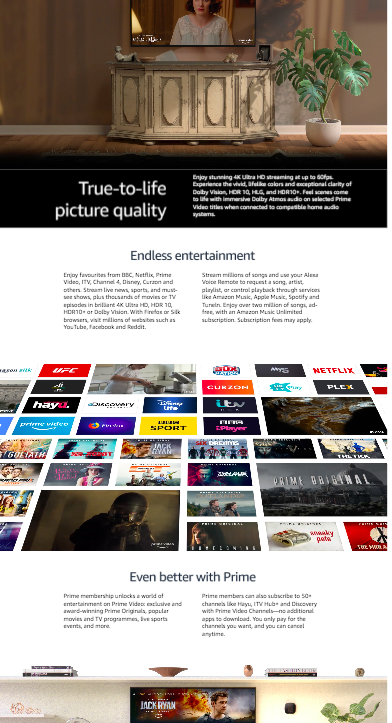
When creating your Enhanced Brand Content, think about the core message you want to convey.
13. Use EBC Modules to Aid Decision-Making
Amazon provides a helpful comparison table within the EBC.
Here, they’re using it to simply display the differences across the Kindle range.
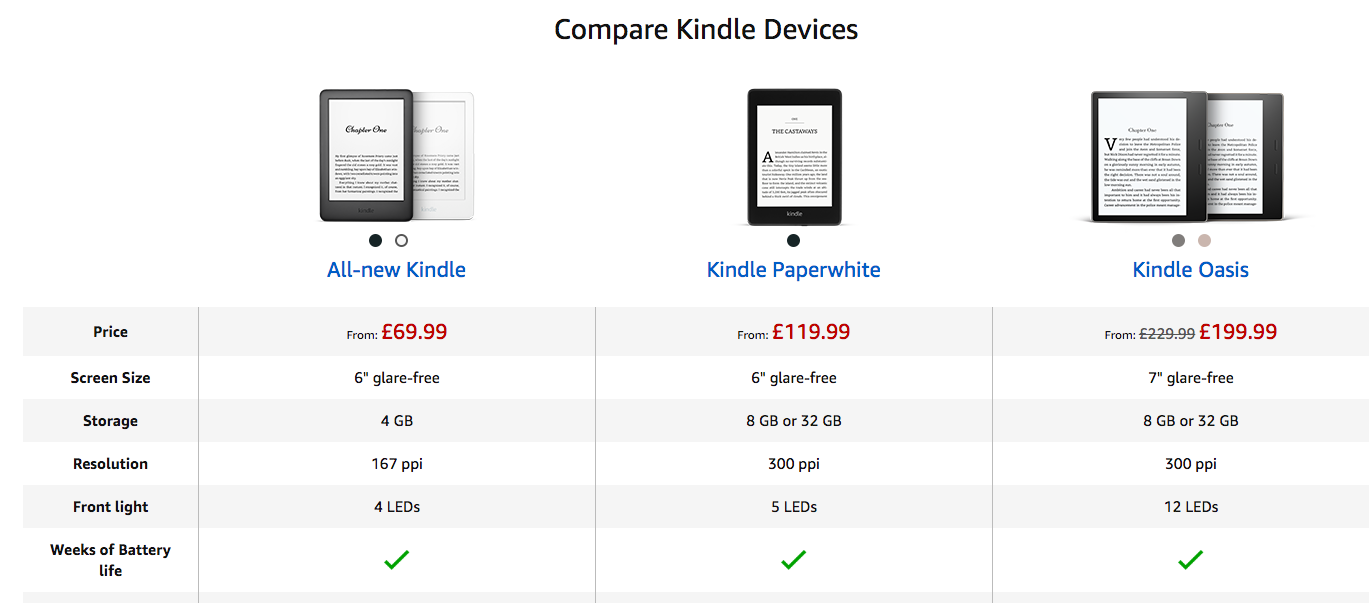
Comparison tables aren’t unique to Amazon’s websites. They allow users to research, compare and build confidence in their decision-making.
14. Unfamiliar Brands Need to Communicate Their Story
Instead of telling a product story as Amazon do with Echo, Fire TV Stick and other well-known products, this time the focus is on introducing the Ella Moon brand positioning.
If people are unfamiliar with your brand or your insights suggest your company story is a key conversion driver, then use the EBC to introduce your brand.
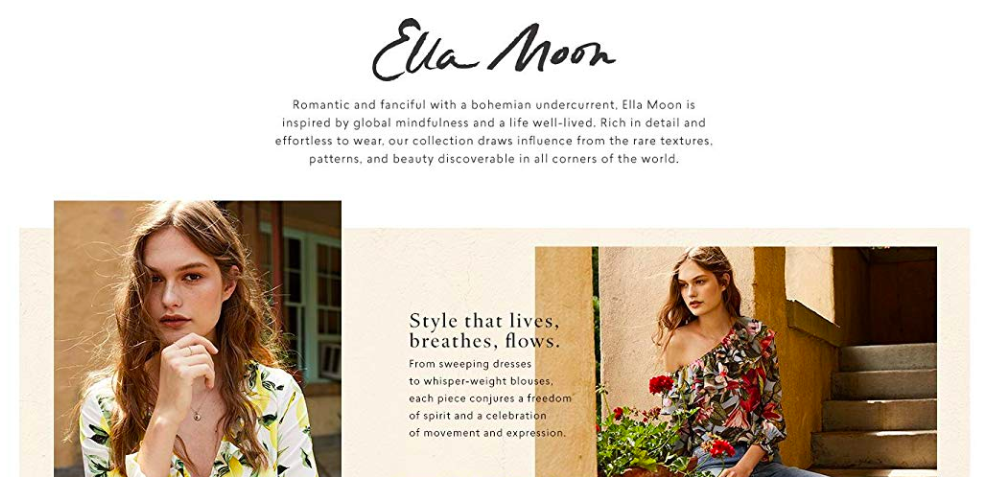
15. Use data to remarket to people who have visited and/or performed key events to your site but didn’t convert.
Bring your store’s data into use. Those visits aren’t just there to improve your ranking and exposure.
Use your store’s data to remarket to people who have visited, added to their cart and those who had abandoned checkouts.
While Amazon has this feature wherein you can message your leads directly inside their domain/app you can also use this data to reach them on other platforms through Facebook Ads, Instagram Ads, and Google Ads.


Summary:
We’ve seen why conversion rates are fundamentally important and the virtuous circle of growth that products and brands enjoy when they achieve high conversion rates.
Amazon takes listing optimization seriously. Whether it’s a low priced T-shirt or a $229 doorbell, there’s attention to detail throughout each listing.
That doesn’t mean the same tactics, messaging and visual styles are deployed across each product.
It means that Amazon has understood the importance of:
- User intent.
- Core product benefits.
- When it’s appropriate to highlight features and technical information.
- When it’s best to play on emotional drivers.
Take time to understand what these are for your products and how to best communicate those on the listing page.
Make the most out of features such as product variations and Enhanced Brand Content to present choices, comparisons, benefits, and specifications.
Read more, READY FOR THE NEW NORMAL / POST-COVID ERA? WHY FULL FUNNEL MARKETING IS THE KEY
Source: https://www.searchenginejournal.com/own-organic-search-presence/386527/
Subscribe to my YouTube channel: Casey Ordoña
